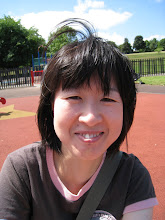Bilingualism Second Edition by Suzanne Romaine (1995)
Weinreich (1968)
-The coordinate bilingual has two sets of concepts and two lexicons connected to them.
-The compound bilingual has one set of conceptions and two lexicons connected to them.
-“The sub-coordinate bilingual has a primary set of meaning established through their first language, and another linguistic system attached to them.”
Lambert, Havelka and Crosby (1958)
-“The coordinate group was represented by bilinguals who had acquired their languages in separate contexts such as at home vs outside the home, those who had used different languages with their parents and those who had acquired their languages in distinct national or cultural settings. It would have a similar or the same set of connotative meanings for the equivalent items in their two languages.”
-“The compound bilingual group contained individuals who used both languages indiscriminately with both parents, or inside and outside the home, or who had learned the second language at school through traditional methods of vocabulary drill and translation. It would show more divergences in their associations. There was no difference between compound bilinguals and those coordinate bilinguals who had learned the two languages in the same cultural setting. The two types of language systems had been given empirical support.”
Lambert and Fillenbaum (1959)
They compared compound and coordinate bilinguals who had suffered brain damage and were aphasic. In the coordinate group, the damage tended to be limited to either language. The trouble in compound bilinguals had a tendency to take place in both languages.
-The difference between compound and co-ordinate bilingualism is not clear.
Subscribe to:
Post Comments (Atom)

No comments:
Post a Comment